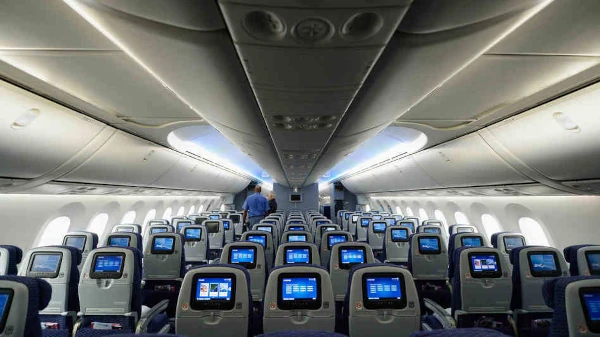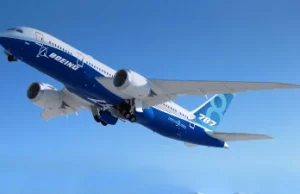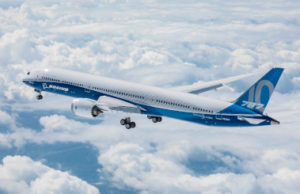787 Dreamliner Details and Seating Plans
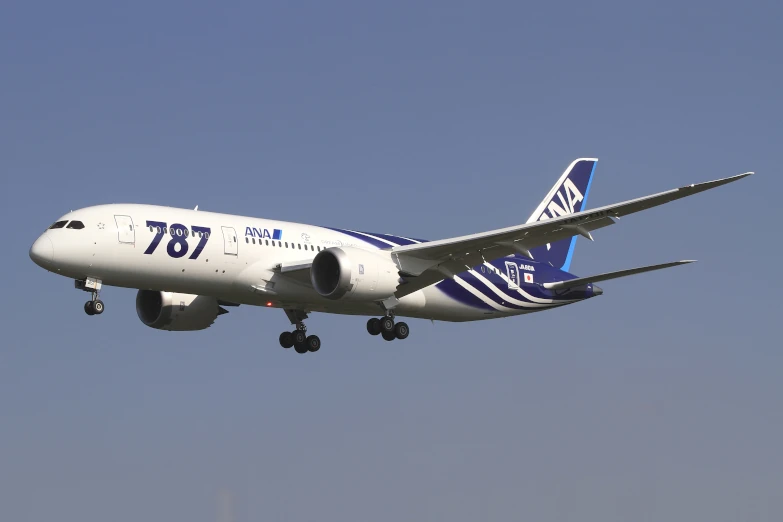
Introduction to the Boeing 787 Aircraft Family
The Boeing 787 Dreamliner, a magnificent creation of the American company Boeing, is an innovative twin-engine wide-body aircraft. Designed for comfortable long-haul flights, the Dreamliner can accommodate 250 to 330 passengers in a single-class configuration, depending on the variant chosen. Boeing is proud that the Dreamliner is not only a step forward in technology but also more fuel-efficient than previous models.
The Boeing 787 project, initially known as the 7E7 until 28 January 2005, was unveiled to the public on 8 July 2007, when the first example of the aircraft was shown at the Everett, Washington plant. Despite some delays, the Boeing 787 took off for the first time on 15 December 2009, anticipating the moment of its majestic debut in commercial flight on 26 October 2011.
The journey of this extraordinary aircraft into the world of aviation has been so successful that by April 2021, more than a thousand examples of the 787 Dreamliner 787 family had already been produced. Innovative design, the use of advanced composite materials, and continuous improvements make this aircraft the pinnacle of technological progress and a reliable traveling companion for millions of passengers worldwide.
History of the Boeing Dreamliner 787
In the late 1990s, Boeing was faced with competitive challenges and the need to update its 767 model, which had lost relevance compared to modern Airbus designs such as the Airbus A330. In response to these challenges, in 2001 Boeing announced the development of a new design called the Sonic Cruiser. This new aircraft was supposed to be able to reach near-sonic speeds while maintaining fuel economy comparable to that of the 767 or A330. However, after the terrorist attacks of 11 September and rising oil prices, airlines were more interested in flight efficiency than high speeds, and the further complicated and expensive Sonic Cruiser project was shelved.
In 2004, Boeing presented a new design, codenamed 7E7, which was the successor to the Sonic Cruiser, inheriting some of the ideas and technologies of the previous design. On 28 January 2005, the 7E7 was renamed the Boeing 787. Only a year after the start of the project, the appearance of the new Dreamliner was approved.
Scheduled for the summer of 2007, the Dreamliner’s first test flight was delayed due to the failure to deliver key components on time. However, on 15 December 2009, the Boeing 787 took flight for the first time, ushering in a new era of aviation.
The Boeing Dreamliner 787 was presented at many airshows. On 18 January 2011, it was announced that the first Boeing 787 Dreamliner would be delivered to a customer in the third quarter of 2011; the aircraft was delivered to the Japanese airline All Nippon Airways on 25 September of the same year.
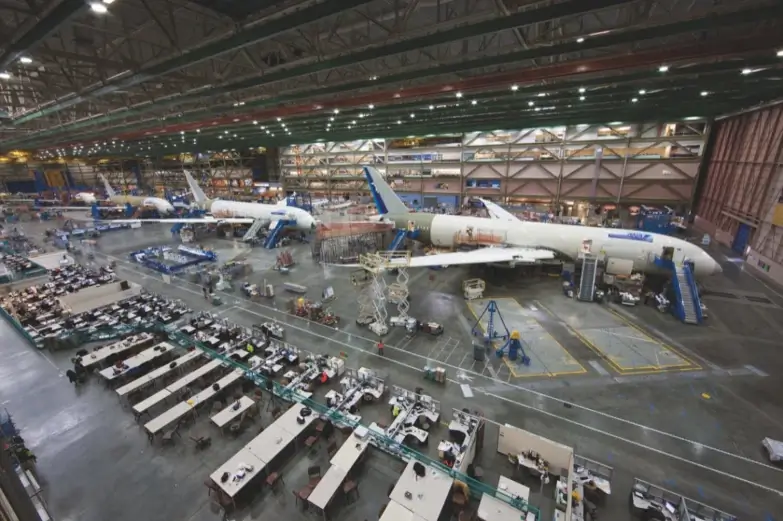
On 2 July 2011, the Boeing 787 Dreamliner successfully completed its first test flight from Seattle to Tokyo. For a week, the aircraft was tested on various routes in Japan in cooperation with the Japanese airline ANA.
On 26 August 2011, the US Federal Aviation Administration issued the 787 Boeing with an operating certificate. On 25 September of the same year, the aircraft was delivered to its first customer, All Nippon Airways, and made its first commercial flight on 26 October 2011.
On 16 June 2014, the US Federal Aviation Administration and the European Aviation Safety Agency issued certification for an extended version of the 787-9.
As of April 2019, 1,441 B787 Dreamliners have been ordered, of which 829 have been delivered.
In 2013, after several accidents, the US Federal Aviation Administration and the European Aviation Safety Agency temporarily suspended flights of the Boeing 787 Dreamliner. US operators had to prove the reliability of the new lithium-ion batteries made from lithium cobalt oxide (LiCoO2). The Japanese airlines JAL and ANA also temporarily stopped using these aircraft. After numerous tests and improvements, flights of the Boeing 787 resumed at the end of April 2013, demonstrating Boeing’s continued commitment to the safety and reliability of its airliners.
Design Boeing Dreamliner 787
Normal aerodynamic low-wing aeroplane with a swept wing and a single wing tip. Two turbofan engines.
The aircraft is characterised by the use of many materials, including more than half composite. The fuselage, wings, wingtips, and flaps of the Boeing 787 Jet are made of carbon fibre components, which give the aircraft high durability, strength, and longevity.
Even the turbine blades and nozzles are made of composite materials, allowing fuel to be injected into the combustion chambers at a lower temperature and reducing emissions.
The low-noise and ultra-economical GEnx engine is one of two engines being fitted to the 787.
In the GEnx engine, both the casing and fan blades are made of composite materials, with only the leading edge being metal. As a result, the engine reaches operating thrust at lower temperatures, which, accordingly, results in lower hydrocarbon emissions. Both engines for the B787 have the same interface to the aircraft’s systems, allowing the engine type to be changed during the aircraft’s operation
The Boeing 787 Dreamliner’s variable camber wing planes increase lift by 2 per cent compared to the 767. These wings are longer than those of other aircraft of the same class, which gives them additional elasticity. In normal flight, the wing tips are deflected by 3 metres from the free position on the ground; during static tests at 150% of the maximum design load, the wing tips deflected by 7.6 metres. Flap mechanisms, de-icing electrical equipment and other systems are mounted in a single unit, which facilitates their maintenance and reduces the likelihood of failures.
The luggage compartment, thanks to the flat fuselage bottom, can accommodate 45% more luggage than the Boeing 767.
Engines
Boeing worked with NASA to develop a new shape for the engine nacelle cuts. The trailing edge of the nacelles is serrated. The serrations have been called “chevrons.” According to Boeing, this solution allows to reduce engine noise due to smoother mixing of the jet with the surrounding air and save several hundred kilograms of soundproofing materials. The developers have also experimented with variable geometry chevrons, using alloys that change their shape depending on temperature. Such chevrons should bend into the jet on takeoff and return to their original position in cruising flight. According to the developers, the measures taken allowed to reduce external and internal noise by 15 dB.
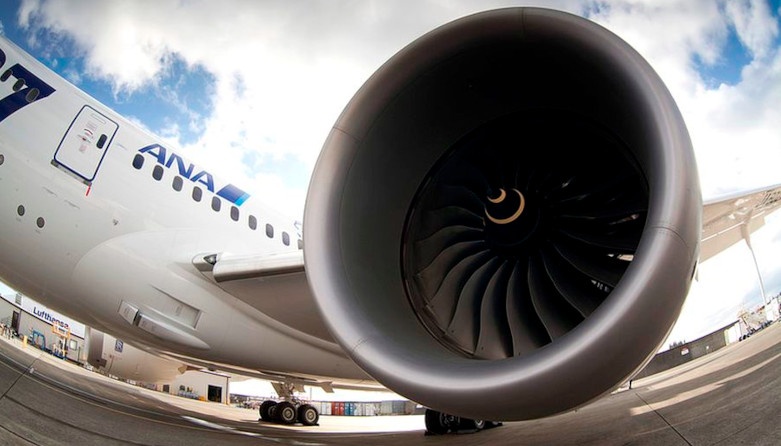
Cockpit Dreamliner 787
In the cockpit of the Boeing 787, projection displays (ILS) are mounted in front of the pilots. The control system includes the so-called “electronic flight plan” – two screens (one for each pilot), which display taxiing, approach and terrain maps.
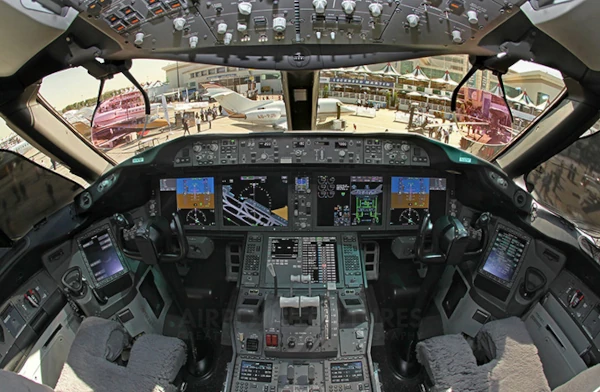
Sensors in the nose of the aircraft 787 Dreamliner measure turbulence and give a command to set aileron deflection angles. Boeing claims this system reduces passenger discomfort from turbulence.
Using a real-time broadband radio link, the automatic diagnostic system sends data to the ground repair service. The system is capable of predicting the occurrence of certain problems in the aircraft’s mechanisms, which promises to reduce the likelihood of delays and the time spent on diagnostics and repairs.
Advantages of the Boeing 787 Dreamliner
- Significant fuel economy. The aircraft of this modification consumes aviation paraffin significantly less than its predecessors.
- Arrow-shaped wings are characterised by a variable curvature of the wing tips, which increases the lifting force.
- The luggage compartment in the new modification is 45% more spacious.
- Thanks to the new generation engines, the noise level is reduced by more than half.
- The B787 Dreamliner is significantly lighter than its predecessors. This is thanks to composite materials used in the production of the aircraft.
- The increased length of the fuselage allows the aircraft to take on board significantly more passengers.
- Modernised cockpit. Now there are two screens, projection indicators, turbulence sensors and other additions in front of each pilot.
Pilots receive all necessary information through an innovative system of onboard electronics, which displays data on LCD monitors, including approach parameters, terrain maps and other data. The electronic unit systematises information on the condition of the aircraft and sends it to ground services, allowing them to immediately start replacing failed components and parts without wasting time on diagnostics.
Variants of the B787
The main modifications of the Boeing 787 are three
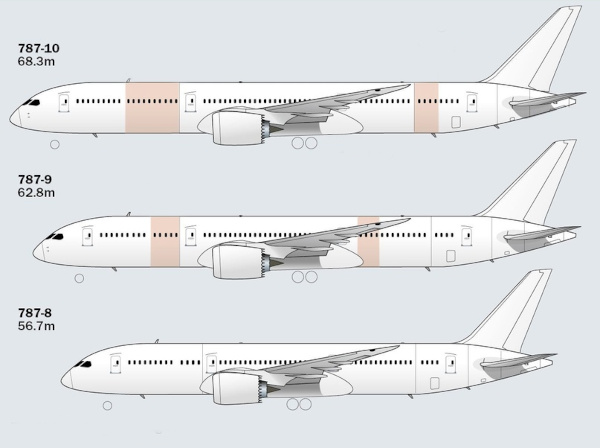
Dreamliner 787 Plane Specifications
| 787-8 | 787-9 | 787-10 | |
|---|---|---|---|
| Capacity, persons: | 242 | 290 | 330 |
| Length, m: | 56.69 | 63 | 68.27 |
| Wingspan, m: | 60.17 | ||
| Wing area, m²: | 325 | ||
| Height, m: | 17 | ||
| Empty weight, kg: | 118,000 | 126,000 | – |
| Range, km: | 13,620 | 14,140 | 11,910 |
| Cruise speed, km/h: | 902 | ||
| Max. takeoff weight, kg: | 227,930 | 254,011 | |
| Engines: | 2×General Electric GEnx-1B or 2×Rolls-Royce Trent 1000 | ||
Passenger Cabin
The cabin of the Boeing 787 is 40cm wider than that of its predecessor, the Boeing 767, allowing for more seats. The size of the toilets has been increased. Now, by turning the partition between them, it is possible to organise access for people in wheelchairs. The upper luggage racks have become considerably more spacious, and four wheeled suitcases can be placed on each of them, which is considerably larger than on the predecessors.
The Boeing 787 Dreamliner seat plan provides comfort and convenience for all passengers. Modern cabin design and optimal use of space make travelling on the 787 Dreamliner a pleasant and efficient experience.
The height of the windows is 46 cm, a record among all commercial liners. The portholes are equipped with adjustable electrochromic dimming.
On-board wireless connectivity delivers entertainment programmes to the seat-back monitors, while a satellite system allows passengers to use broadband internet (250 kbps).
The 787’s more resilient composite body allows the cabin to be pressurised to an altitude of 1800m, whereas the cabin of a conventional aluminium passenger aircraft is pressurised to an altitude of 2400m.
The cabin supercharging system is organised in a new way. Unlike other passenger aircraft, where cabin air is drawn from engines with a temperature of more than 600 degrees Celsius, passed through coolers and delivered to the cabin, the Dreamliner’s cabin air is supplied by electric compressors directly from the outside environment. This eliminates the problem of insufficient air humidity. The more humid air in the Dreamliner cabin provides greater passenger comfort.
Boeing 787 Seat Map

Business Class
Business class seats are placed at the front of the aircraft. This is evidenced by the Dreamliner 787 Seating Plan. There are 7 rows in total, each with 6 seats and 2 aisles, the seats are twin. Thus, the business class cabin accommodates 42 passengers. These are the best seats in the aircraft. They are equipped with more comfortable seats that fold out to the cot position, that is, 180 degrees. Each seat is equipped with multimedia entertainment system. Pajamas and warm socks are given to everyone.
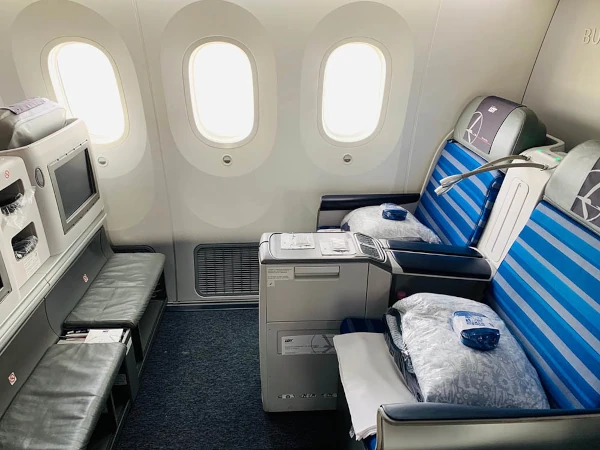
The absence of curtains on the portholes is another peculiarity. Light streams are blocked by changing the transparency of special glass, which can be adjusted by buttons. The menu offers a wide choice of food and drinks. Despite the comfortable seats for business travellers, there are less attractive ones in the third row near the toilets. The inconvenience is that passengers waiting for their turn can accumulate here.
The seventh row seats are also in an inconvenient location. If you look at a Boeing 787 seat map they are located near the very partition separating the business class cabin from the economy class seats.
It is believed that economy class passengers behave more noisily than business. In this regard, people who prefer a full-fledged holiday, it is better not to buy tickets in the third and sixth rows.
Economy Class
There are only two aisles in economy class. In Economy, the seating is also very comfortable, with seats arranged in a 3×3×3 787 Dreamliner seating plan.The backs of the seats do not recline 180 degrees, but form a large enough angle for a comfortable rest. The distance between the seats is a little less than in business class, but sufficient for comfortable leg placement.
Rows 12 and 23 are considered the most successful, because there are no front seats. But such leg placement interferes with watching films, because the monitors are built into the armrests. These rows are most often booked by passengers with children.
The Boeing 787 seating plan Economy Class is designed with comfort and efficient use of space in mind to maximise passenger convenience.
